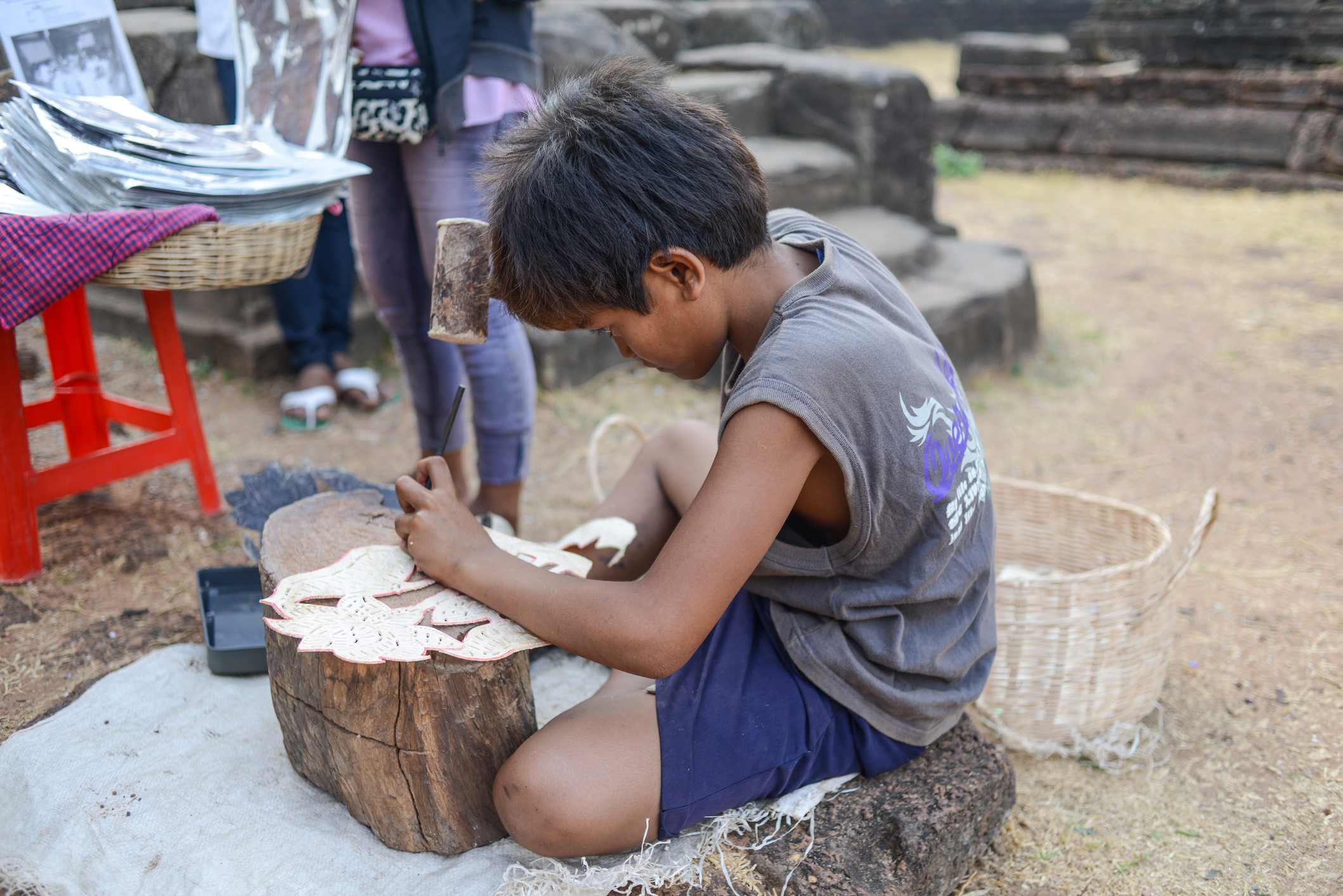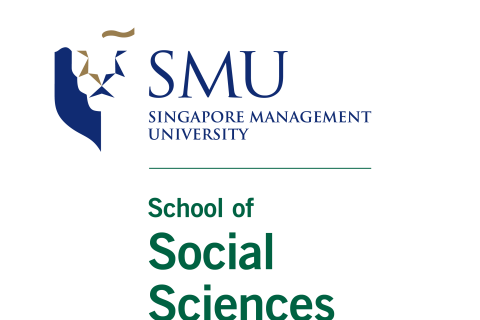
By Amy Lewis
SMU Office of Research & Tech Transfer – Consumer education campaigns that raise awareness about the use of child labour in global supply chains can be an effective countermeasure against the practice, according to new research published in Manufacturing & Service Operations Management.
In the study, titled ‘Combating Child Labor: Incentives and Information Disclosure in Global Supply Chains’, researchers from Singapore Management University (SMU), Carnegie Mellon University and the Singapore University of Technology and Design used game theory to identify effective strategies that manufacturers and third parties like non-governmental organisations (NGOs) can use to tackle suppliers’ use of child labour.
Almost 170 million children worldwide remained engaged in child labour, likely due to widespread global outsourcing of manufacturing. Yet, little research has been done to evaluate the impact of efforts aimed at eliminating child labour from global supply chains, such as external monitoring, internal inspections and requirements that manufacturers publicly disclose their anti-child labour measures.
In an attempt to address this gap, the researchers built a game theory-based model to examine how factors such as goodwill cost, information disclosure, inspection cost and type of penalty scheme imposed on suppliers can affect manufacturers’ incentives to use various strategies to combat child labour.
The model showed that raising manufacturers’ goodwill costs – for example, through campaigns and consumer education efforts undertaken by NGOs – reduces the incidence of child labour under all types of penalty schemes tested.
Further, manufacturers adopting a zero-tolerance penalty scheme – in which they terminate contracts with suppliers found to have used child labour – should consider disclosing their efforts to combat child labour via channels such as social responsibility reports, the researchers found. This would allow manufacturers to use a combination of increased inspections and medium wholesale prices to reduce child labour while maintaining profits.
On the other hand, information disclosure is less effective when manufacturers adopt more lenient penalty schemes, in which business ties with errant suppliers are maintained. In this scenario, information disclosure may inadvertently increase child labour, since manufacturers may have the incentive to disclose weaker policies and offer suppliers low wholesale prices, the model showed.
While these results indicate that there is no one-size-fits-all strategy for tackling child labour, the finding that consumer education helps reduce child labour under a variety of scenarios is significant, says study co-author Assistant Professor Fang Xin of the SMU Lee Kong Chian School of Business.
“It’s important to create a philosophy where purchase behaviours are not only driven by price or by how something looks,” notes Professor Fang. “Customers should take into account the real social impact of their purchases. If education encourages some people to do this, society may follow suit.”
Through their work, the researchers hope to address the challenges faced by NGOs and managers at multinational companies who are working to tackle child labour, says Professor Fang. “This was the first step. Hopefully we now can get some empirical evidence that backs up this study.”
For more information, please contact:
Goh Lijie (Ms)
Office of Research & Tech Transfer
DID: 6828 9698
Email: ljgoh [at] smu.edu.sg
Back to Research@SMU May 2019 Issue
See More News
Want to see more of SMU Research?
Sign up for Research@SMU e-newslettter to know more about our research and research-related events!
If you would like to remove yourself from all our mailing list, please visit https://eservices.smu.edu.sg/internet/DNC/Default.aspx

